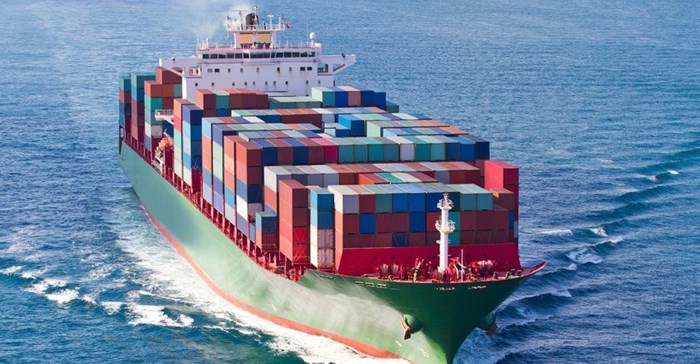
Related
Top stories


EducationFrom adversity to opportunity: African education’s revival strategies
Sanjeev Mansotra 14 hours



Marketing & MediaThe Odd Number named Financial Mail AdFocus Mid-Sized Agency of the Year
The Odd Number 18 hours

More news












That very same tech contributes significantly to the continued decline in shipping losses, but conversely also increases the cyber risk and piracy.
Shipping losses continued their long-term downward trend with 85 total losses reported worldwide in 2015, according to Allianz Global Corporate & Specialty SE’s (AGCS) fourth annual Safety and Shipping Review 2016, which analyses reported shipping losses of over 100 gross tons.
Although the number of losses remained stable year-on-year, declining by just 3% compared with the previous year (88), 2015 was the safest year in shipping for a decade.

The shipping industry’s reliance on interconnected technology poses risks. Cyber risk exposure is growing beyond data loss.
There have already been a number of notable cyber incidents and technological advances including the internet of things (IoT) and electronic navigation means the industry may only have a few years to prepare for the risk of a vessel loss.
“Pirates are already abusing holes in cyber security to target the theft of specific cargoes,” says Captain Andrew Kinsey, senior marine risk consultant, AGCS. “The cyber impact cannot be overstated. The simple fact is you can’t hack a sextant.”
For the first time in five years piracy attacks failed to decline in 2015. South East Asia attacks rose, accounting for 60% of all incidents. Attacks in Vietnam surged year-on-year. However, progress continues to be made in Africa with incidents down in West and East Africa, although the risk remains high.
In 2015, East and West African coasts saw losses of six ships bringing the tally of vessels lost between 2006 and 2015 to 94.
Shipping safety and security remains a challenge on the continent due to historic underdevelopment of the maritime industry.
AGCS Africa expects an increase in losses as the industry acquires more ships in line with the African Union’s Agenda 2063, which has prioritised the marine economy as a major contributor to growth within the continent.
“The insurance industry will continue to play a key role in protecting and growing marine insurance risks on the continent,” says Allianz Global Corporate & Specialty Africa technical underwriting manager, Mark Govender.
More than a quarter of all losses occurred in the South China, Indochina, Indonesia and Philippines region (22 ships). Losses increased year-on-year, unlike other major regions.
While the long-term downward trend in shipping losses is encouraging, the continuing weak economic and market conditions, depressed commodity prices and an excess of ships are pressurising costs, raising safety concerns.
AGCS has seen an increase in frequency losses over the past year which can likely be attributed to some extent to this environment.
“It is critical that economic pressures do not allow a “put it off until later” safety mentality to develop. Some shipowners are already stretching maintenance to longest possible intervals while others are laying-up vessels,” says Captain Rahul Khanna, global head of marine risk consulting, AGCS.
As well as impacting investment in vessel maintenance, cost pressures can impair crewing conditions, ship safety and salvage and rescue.
AGCS has seen an increase in fatigue-related insurance claims over the past decade. With crew numbers already often at their lowest possible level, and a future staffing shortage anticipated, longer shift patterns could exacerbate this issue.
Meanwhile, training remains below par in some areas, such as electronic navigation, which should not be seen as panacea but as a complementary tool.
The appetite for ever-larger container ships has seen cargo-carrying capacity of the largest vessels increase by 70% over 10 years to 19,000+ containers.
Two “mega ships”, the CSCL Indian Ocean and APL Vanda were grounded in February 2016, raising questions about a more serious incident
.
There are concerns commercial pressures in the salvage business have reduced easy access to the salvors required for recovery work on this scale. The industry may need to prepare for a $1billion plus total loss scenario.
The report also notes that exceptional weather events are becoming more commonplace, bringing additional risks and disruption to supply chains.
This year, the effect of a “super” El Niño is expected to lead to more extreme weather conditions. Meanwhile, bad weather was a factor in three of the five largest vessels lost last year, including the El Faro, one of the worst US commercial maritime disasters in decades.
“We are seeing more and heavier natural catastrophe events. Weather routing will continue to be a critical component to the safe navigation of vessels.” says Sven Gerhard, global product leader hull & marine liabilities, AGCS.